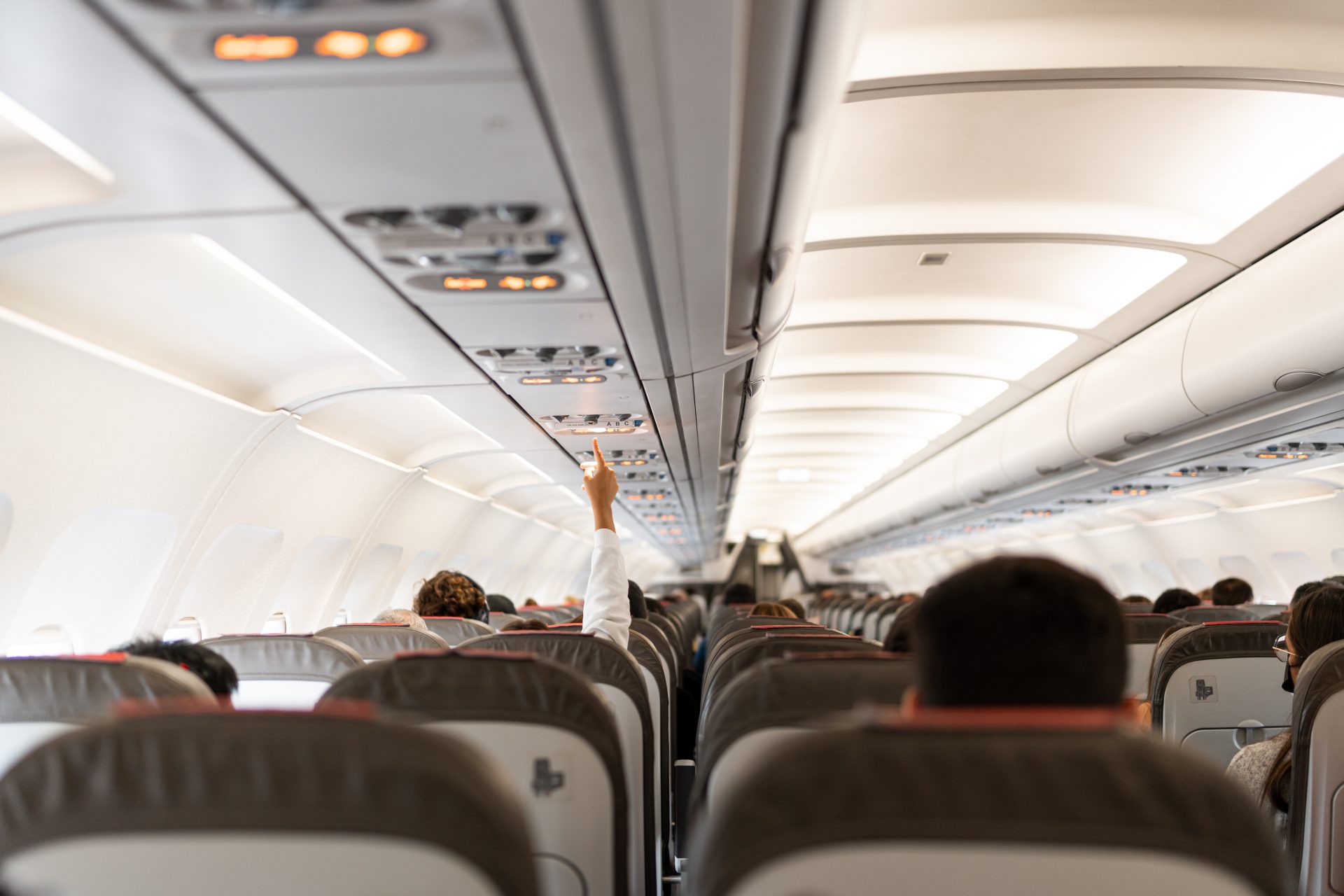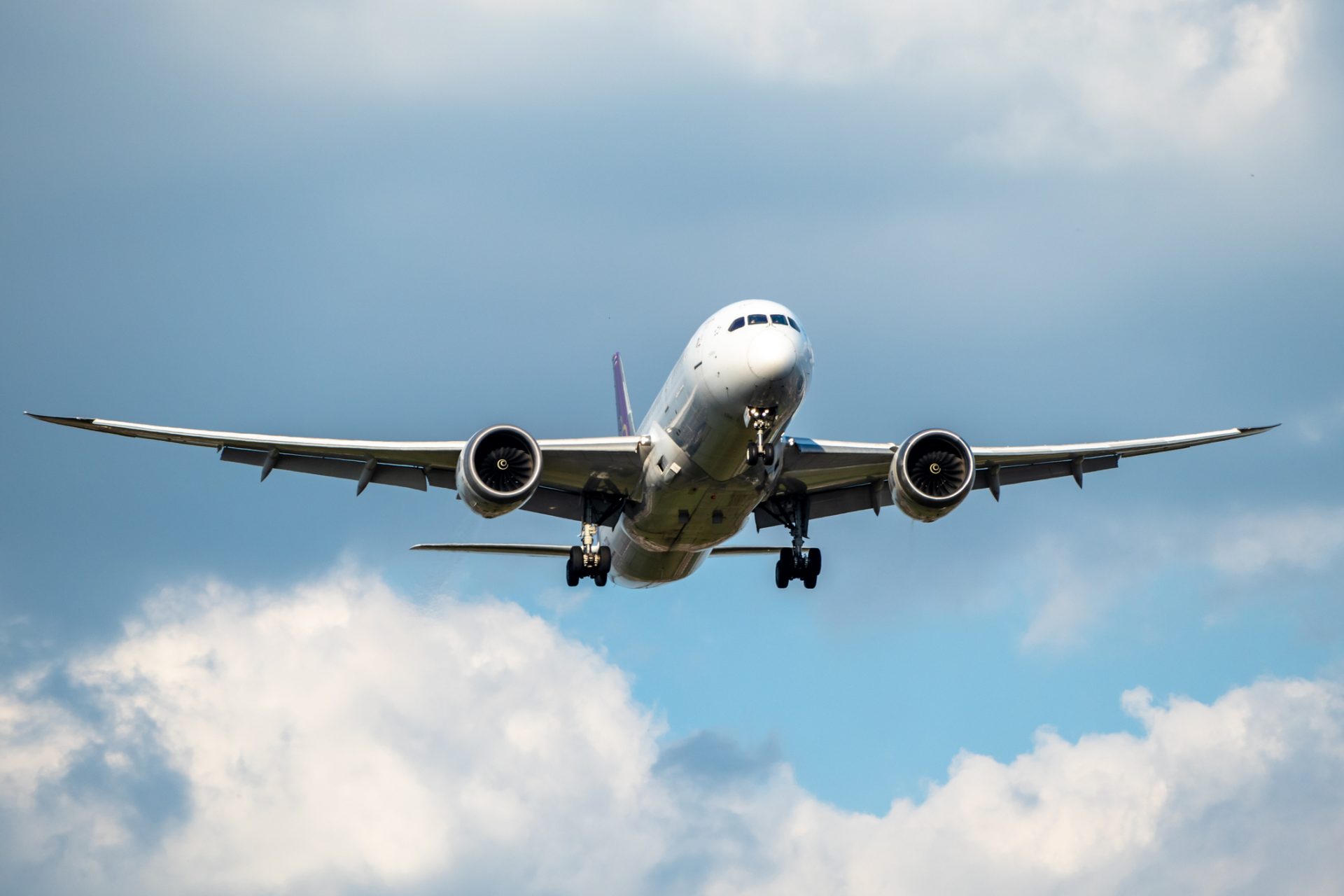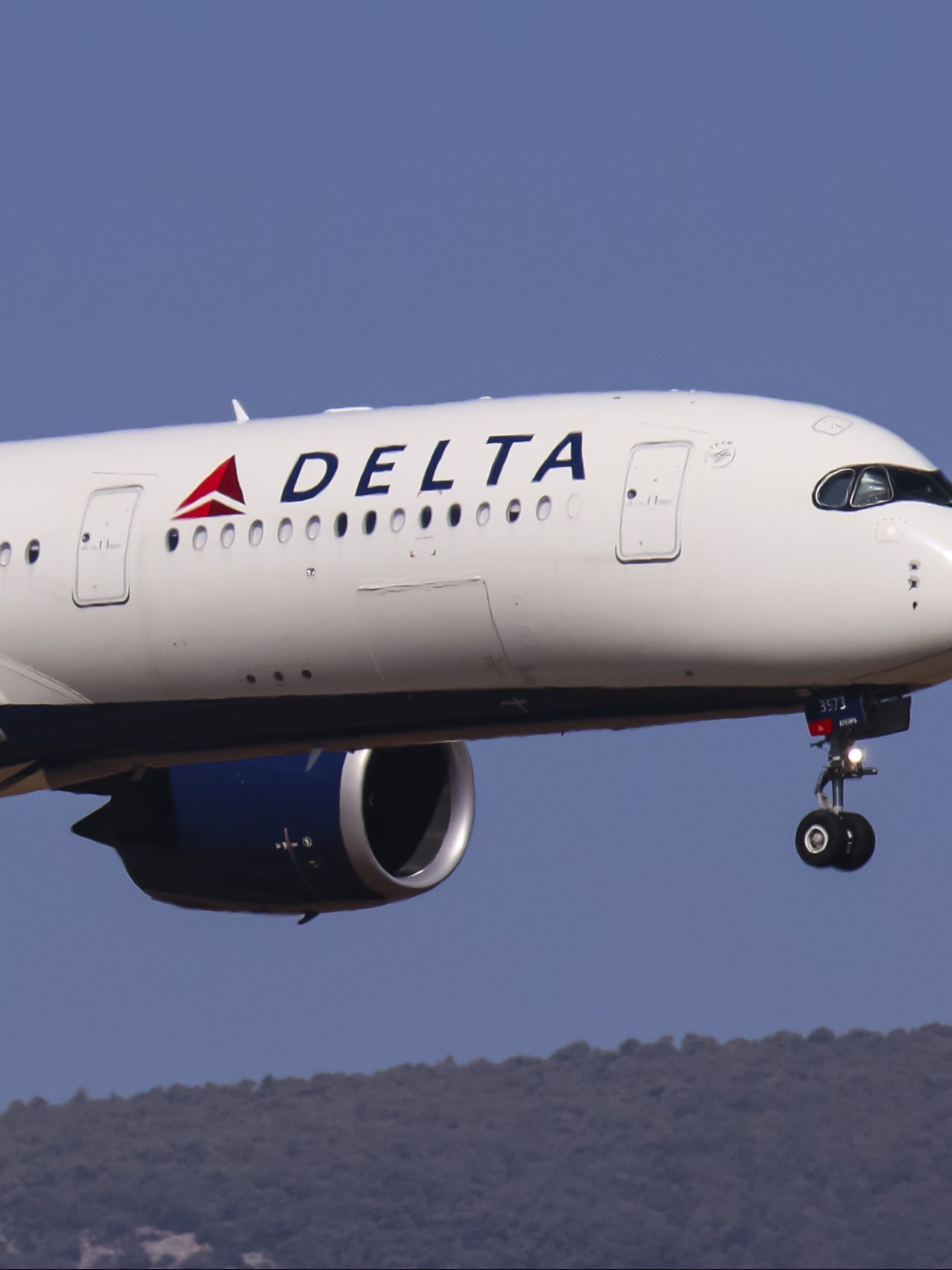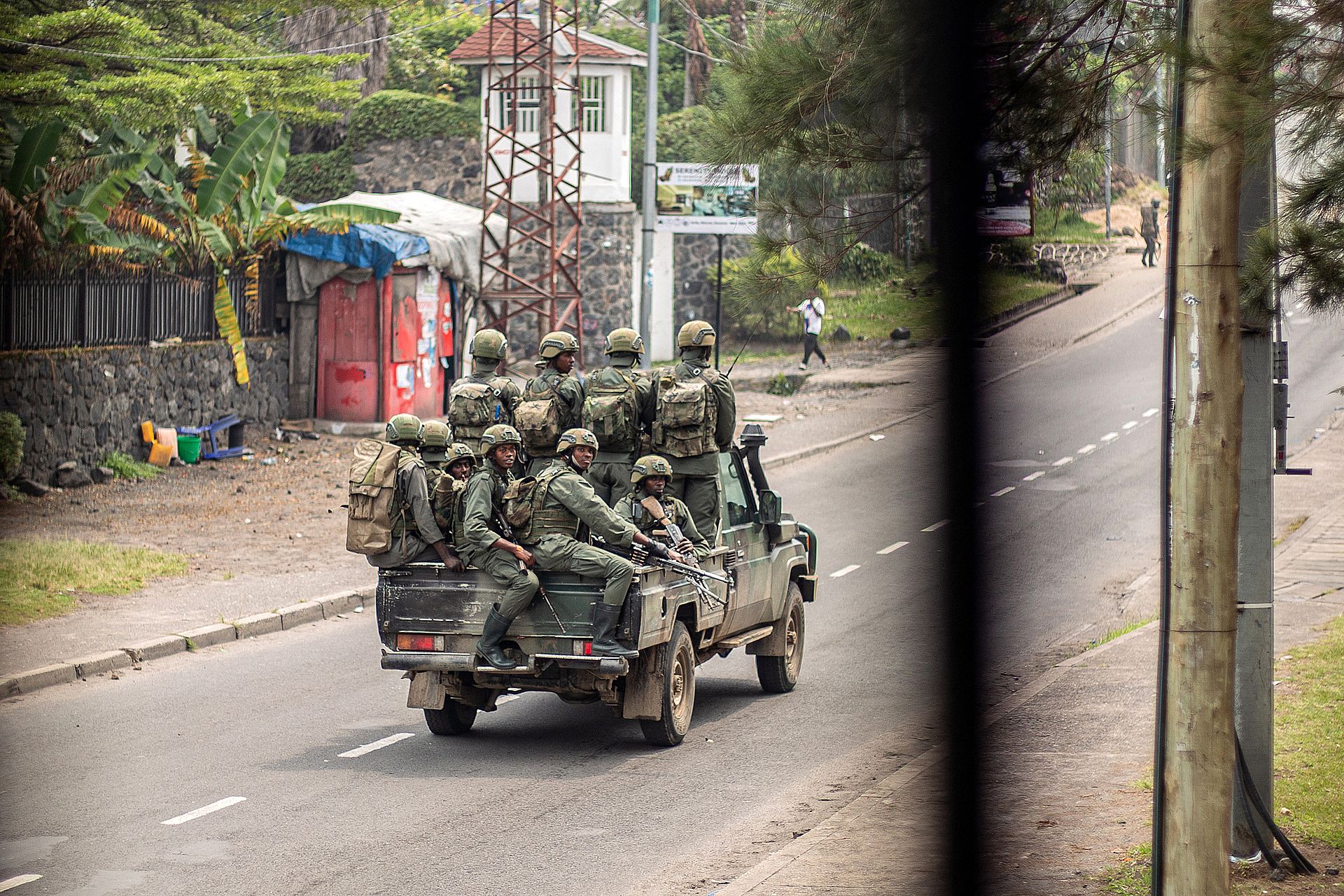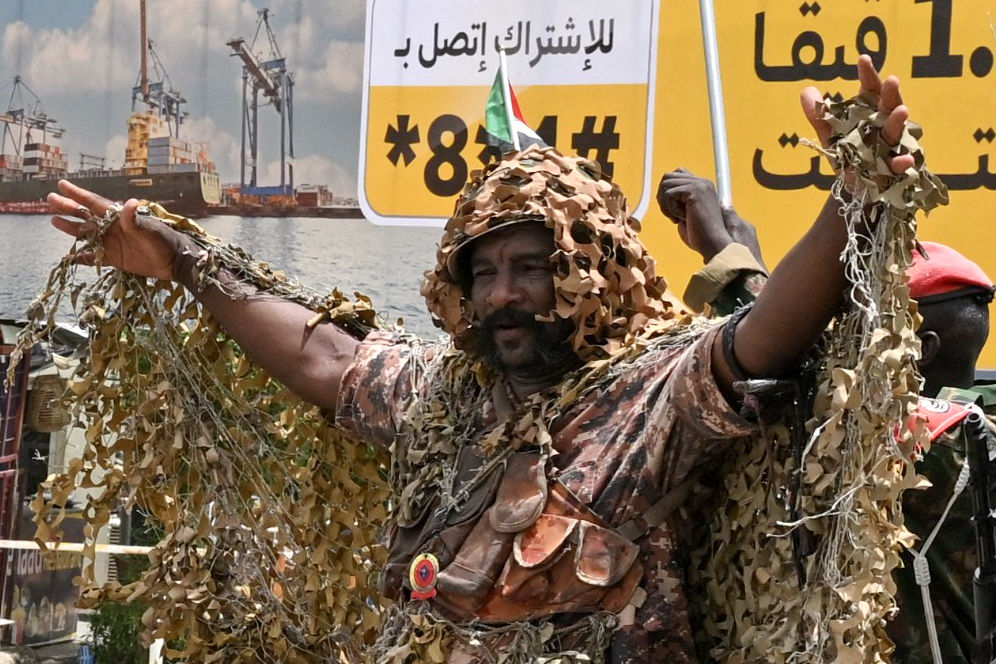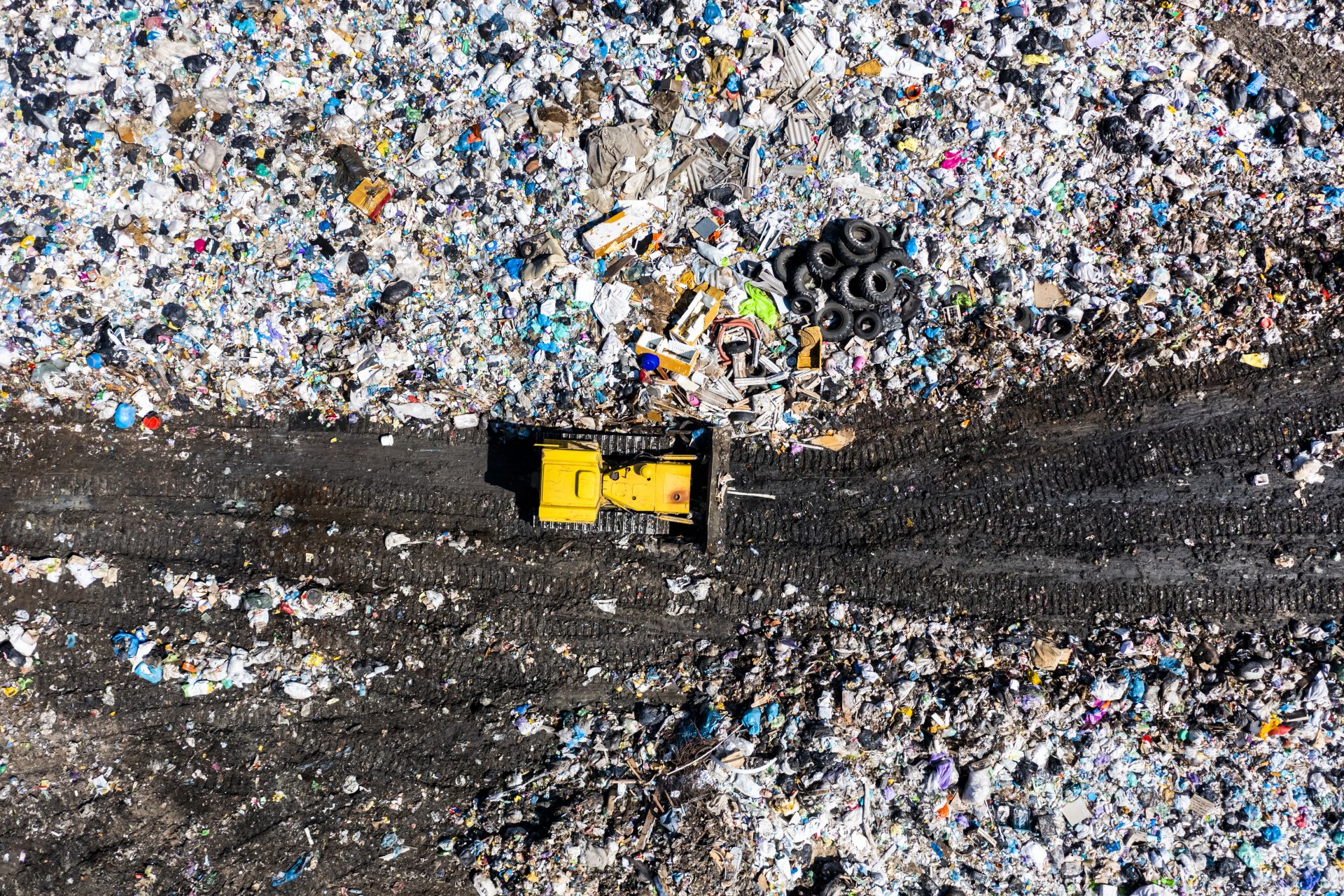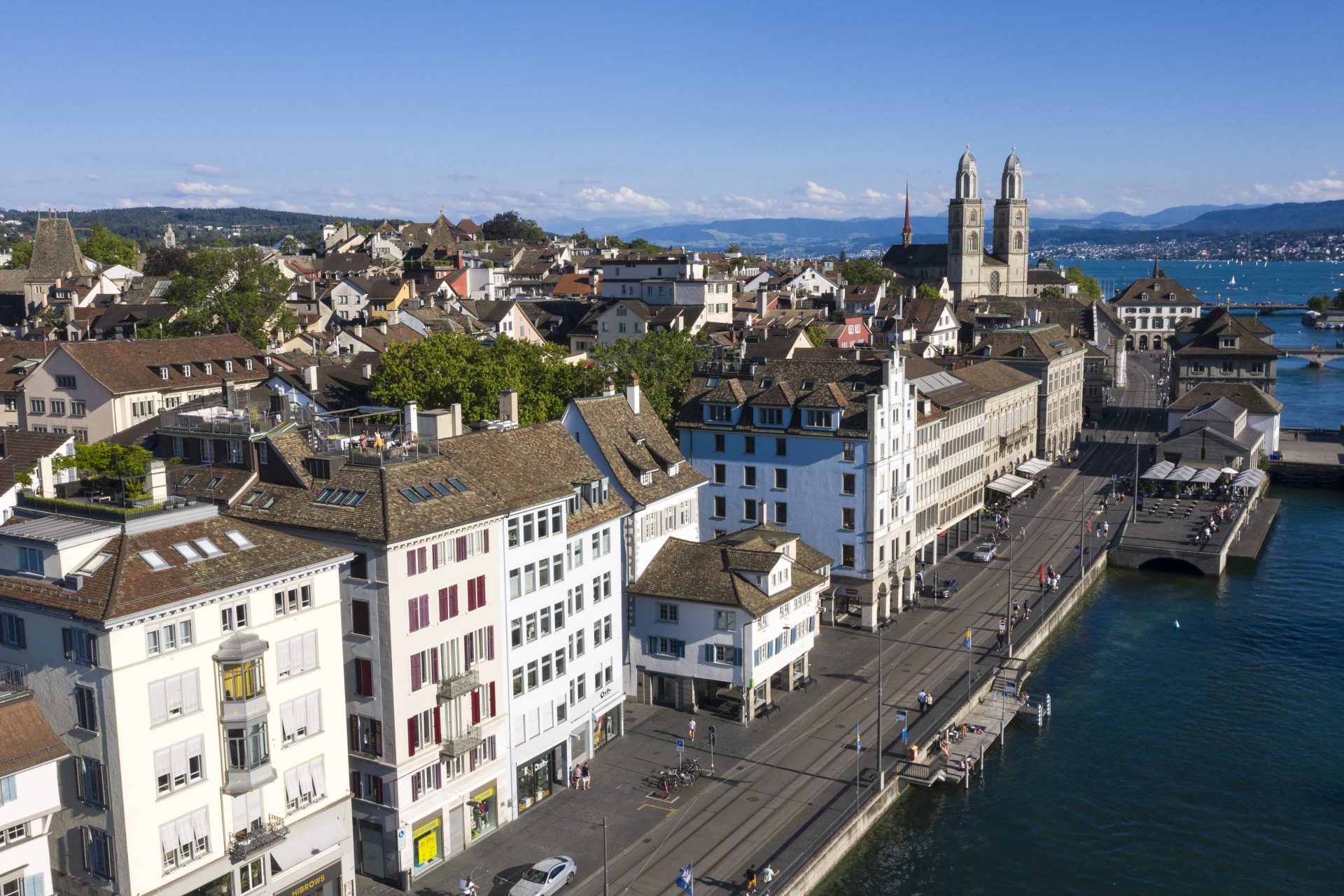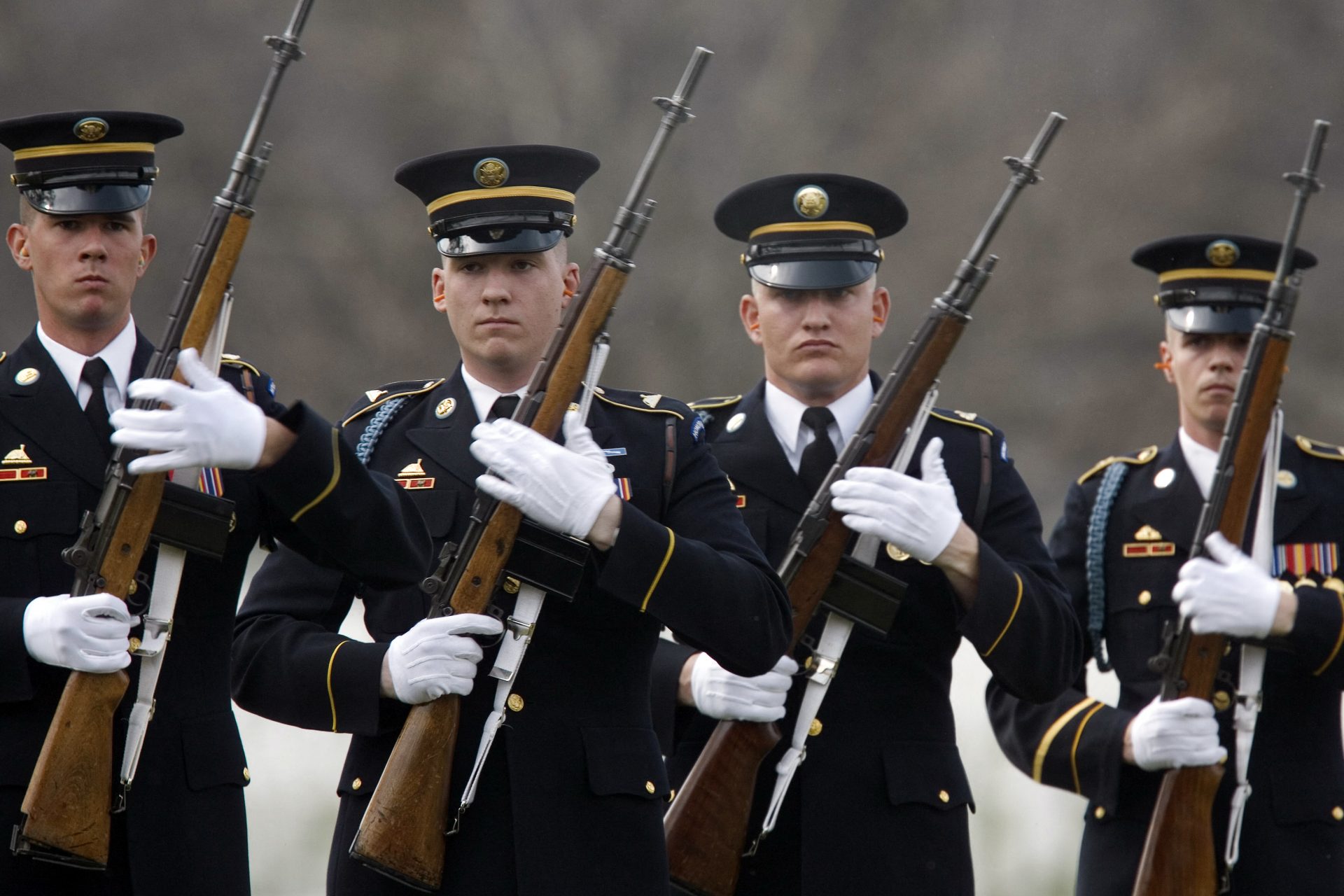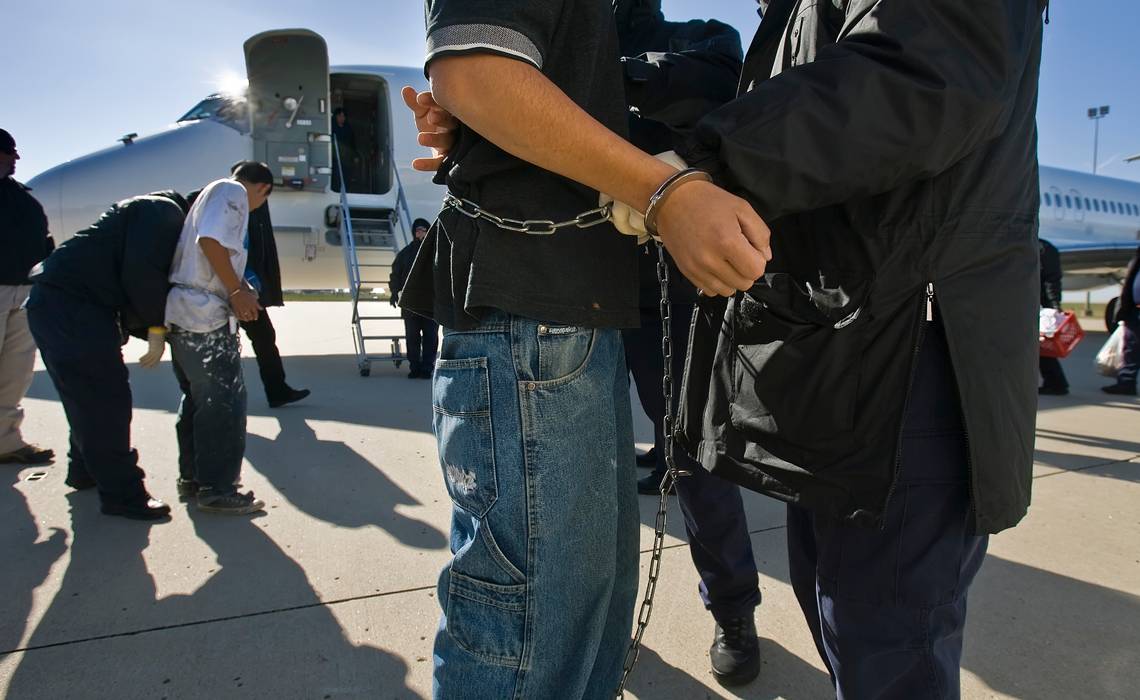Airplanes are strange and you might not know these facts about them
Flying through the air at 35,000 feet is one of the weirdest experiences of modern life and if you knew more about the giant metal contraptions that get us from one place to another it might make you rethink your next vacation.
You may not know a lot about the ins and outs of how modern airliners work so here are fifteen things you probably didn't know about airplanes that may or may not make you feel safe on your next flight.
It’s true! Aircraft mechanics can use a special kind of adhesive called speed tape to fix a plane according to The Washington Post, though the outlet noted the FAA says it should only be used “for temporary, minor repairs to nonstructural aircraft components.”
Chris Bainbridge, Own work, Wiki Commons
Ever wonder where your flight crew goes when you’re on a 15-hour flight? They actually head to the Crew Rest Compartment according to CNN. Widebody jets like the Boeing 787 and the Airbus a350 use them and they kinda look like tiny capsule hotels.
Flight recorders aren’t painted in black but rather in a color called international orange because it makes it easier to spot according to Simply Flying. “In other words, they stand out and are easy to locate visually.”
That’s right, the thing you're usually eating off of contains the most germs on a plane according to MathTravel, which found that tray tables contain roughly 2155 bacteria colony-forming units per square inch versus the 265 found on a plane toilet's flush button.
If you thought your oxygen mask would last for the entirety of a midair crisis then you’d be wrong. Masks in a Boeing 737 for example only proved 12 minutes of oxygen flow according to a 2006 report from the Air Accident Investigation and Aviation Safety Board.
According to data from Boeing, the most dangerous part of a flight is bringing the plane to the ground. Between 2007 and 2016, 24% of all fatal accidents occurred during the final approach and another 24% occurred during touchdown.
While landing time consists of roughly 5% of total airtime according to Boeing, cruising time accounts for nearly 57%of airtime and only 11% of fatal accidents between 2007 and 2016 occurred during the cruising portion of a flight according to analysis from Airline Rating.
The Ukrainian-made Antonov An-225 was the world’s heaviest airplane according to Best Life, and it weighed an impressive 591.7 tons. That’s heavier than 12 sperm whales!
In 2015, Time Magazine found that the most dangerous place to sit on a flight was the seats in the middle of a plane, which had a fatality rate of 39%. The safest seats in the event of a crash were in the rear third of the plane which had a fatal rate of 32%
A Wall Street Journal report in 2007 found that some airlines only cleaned their blankets once every 30 days! This might have changed since the Covid-19 pandemic but you still shouldn't take the risk, it's easier to just bring a sweater if you’re cold.
Even though you think you might be locking the door to the plane bathroom, flight attendants can open any airline lavatory from the outside according to the Thrillist, meaning you should probably be a lot more careful when trying to make your way into the mile-high club.
According to Travel & Leisure, blue is the color of choice for the interior of most airlines not only for its calming presence, but also because “it represents competence, dependability, and intelligence—all attributes you'll want your airplane, and crew, to have.”
You may have heard that pilots eat different meals on their flights and the rumor is true according to Reader’s Digest. It all started after an incident involving two pilots getting sick on a flight from Boston to London, forcing the plane to turn back.
This tidbit also comes from Reader’s Digest, which explained that an airplane's windows are made up of several panels of glass and the little holes you find at the bottom are there to reduce pressure from stressing the middle panel during flight.
According To Business Insider, cabin lights aren’t just dimmed to help you sleep. It’s actually an important safety precaution that allows your eyes to adjust to the lighting outside just in case you need to make an emergency exit.
More for you
Top Stories



